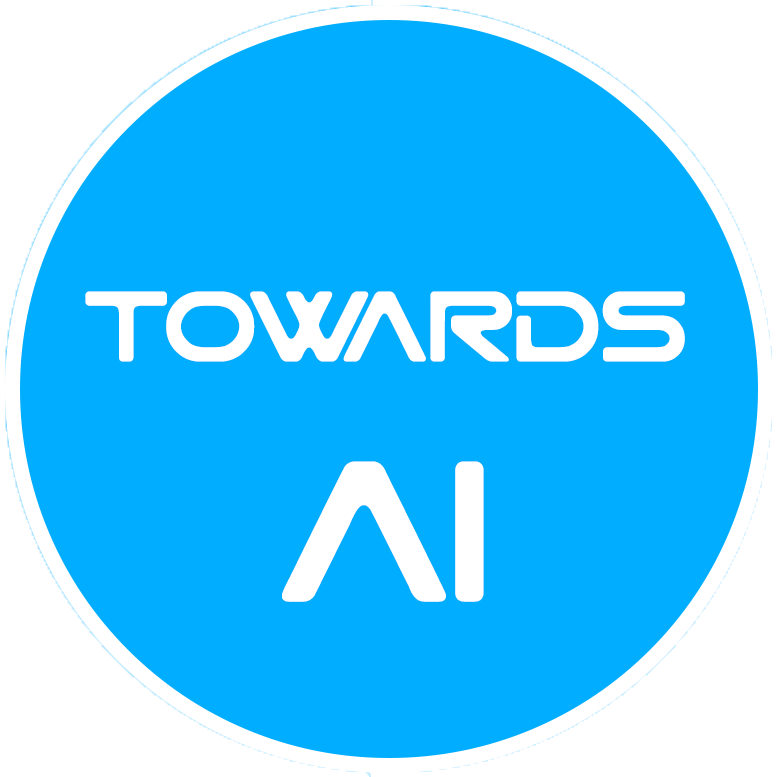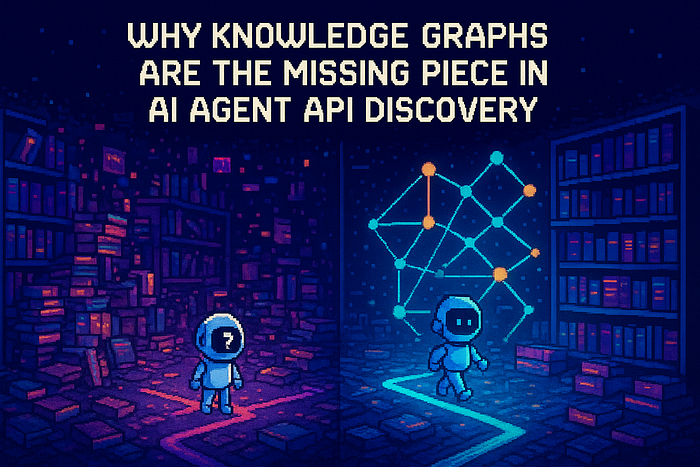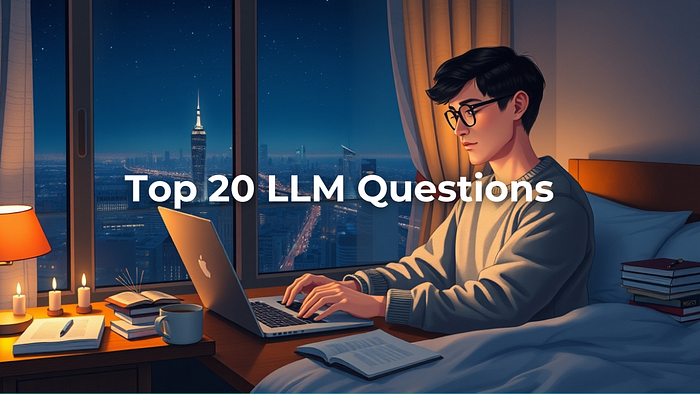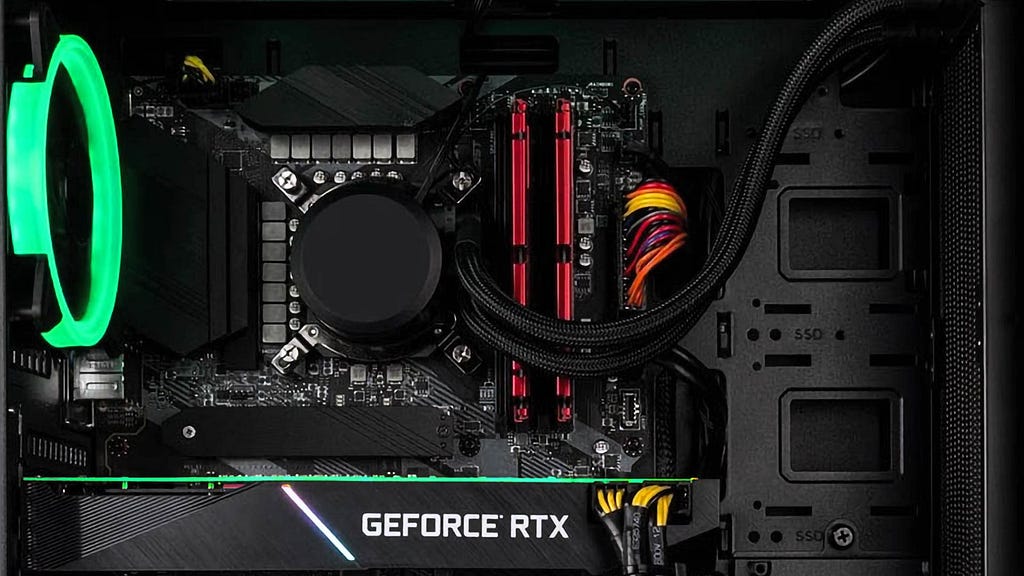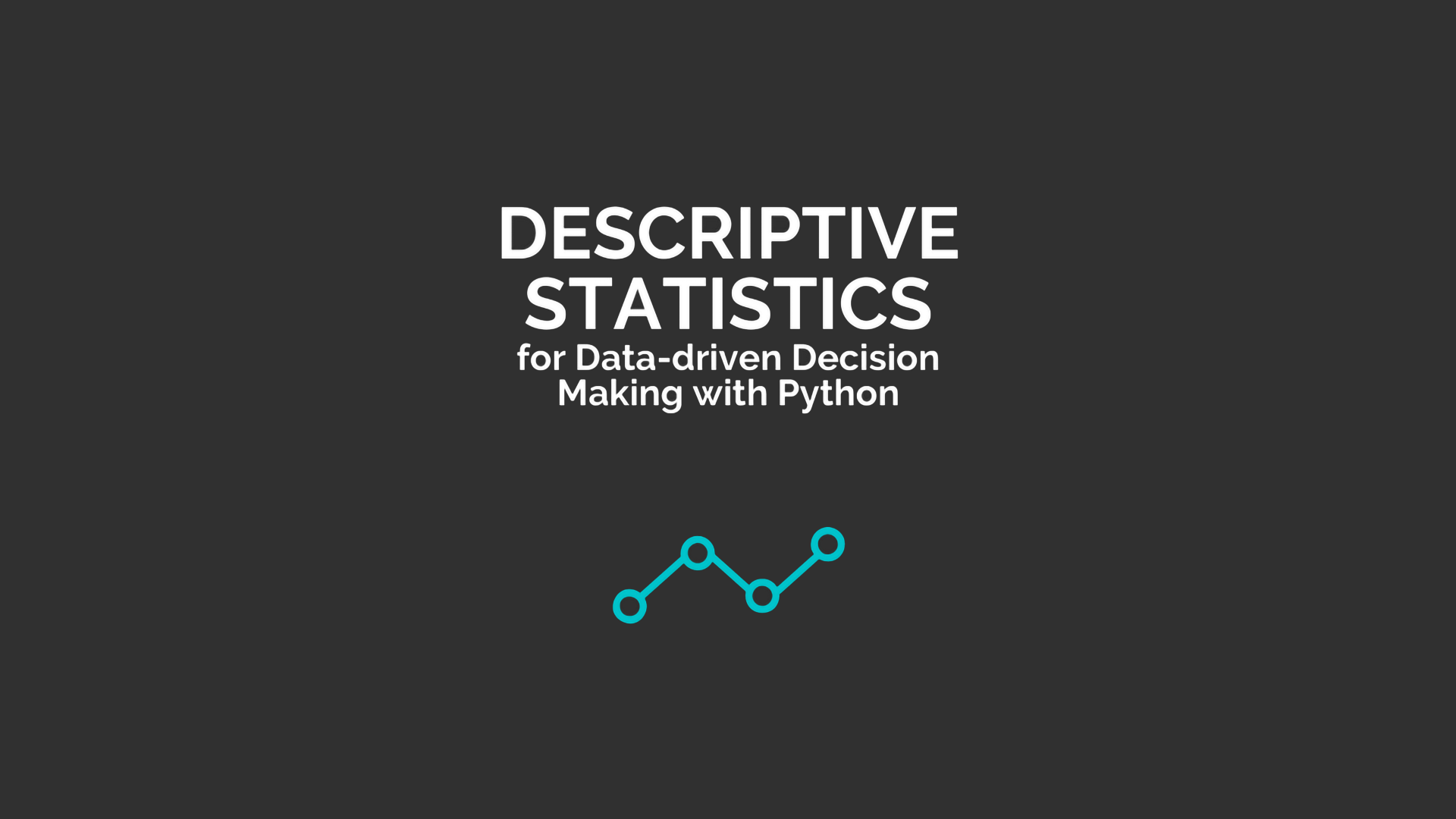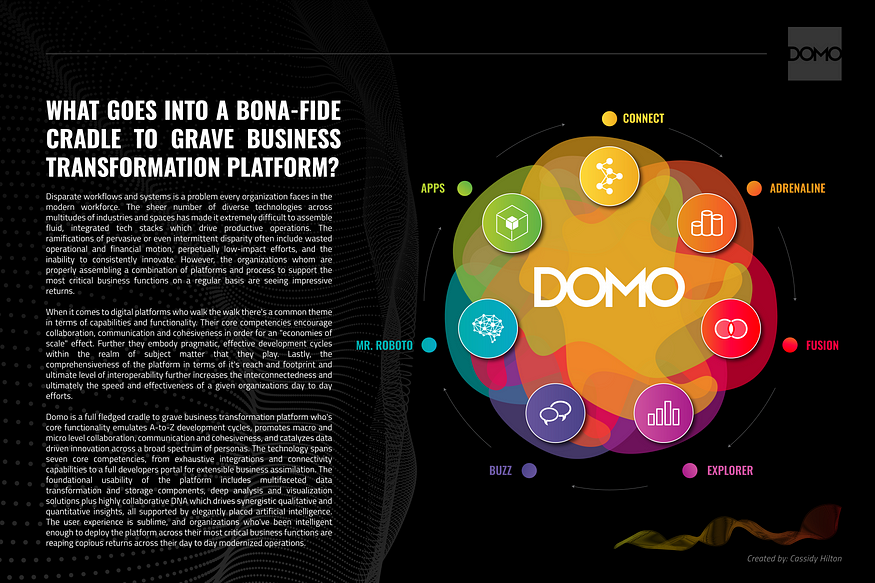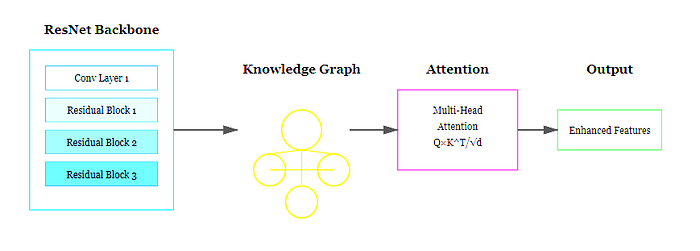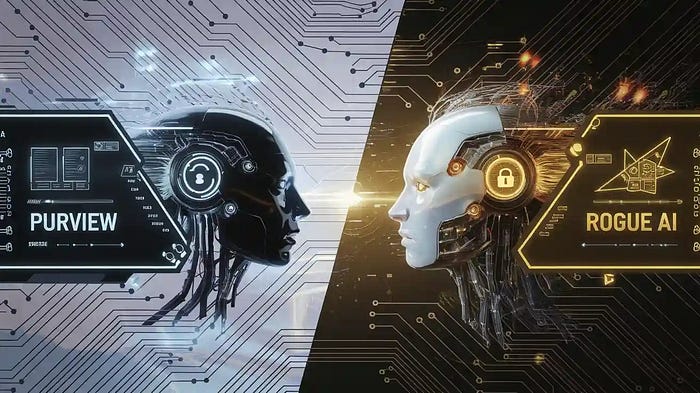AI Protocol Design for Creative Applications
Last Updated on August 29, 2025 by Editorial Team
Author(s): Souradip Pal
Originally published on Towards AI.
What I Learned from Ableton MCP’s Ingenious Architecture
When I first discovered AbletonMCP — a project that connects Ableton Live to Claude AI through the Model Context Protocol — I was immediately struck by how elegantly it solved a problem I hadn’t even realized existed. Here’s a system that lets you literally tell Claude “create a Metro Boomin style hip-hop beat,” and watch it happen in real-time in your DAW.
In the subsequent sections, the article explores the thoughtful architecture of AbletonMCP which excels in protocol design for creative applications. It contrasts the limitations of traditional web APIs like REST and GraphQL when applied to real-time creative processes, demonstrating how AbletonMCP’s hybrid approach strategically combines the strengths of multiple protocols to enhance user experience and efficiency in creative workflows. Additionally, it emphasizes the importance of timing, state synchronization, and error handling in maintaining fluidity in creative environments, backing this up with practical examples and lessons learned that are applicable to various creative domains beyond music production.
Read the full blog for free on Medium.
Join thousands of data leaders on the AI newsletter. Join over 80,000 subscribers and keep up to date with the latest developments in AI. From research to projects and ideas. If you are building an AI startup, an AI-related product, or a service, we invite you to consider becoming a sponsor.
Published via Towards AI
Take our 90+ lesson From Beginner to Advanced LLM Developer Certification: From choosing a project to deploying a working product this is the most comprehensive and practical LLM course out there!
Towards AI has published Building LLMs for Production—our 470+ page guide to mastering LLMs with practical projects and expert insights!

Discover Your Dream AI Career at Towards AI Jobs
Towards AI has built a jobs board tailored specifically to Machine Learning and Data Science Jobs and Skills. Our software searches for live AI jobs each hour, labels and categorises them and makes them easily searchable. Explore over 40,000 live jobs today with Towards AI Jobs!
Note: Content contains the views of the contributing authors and not Towards AI.


